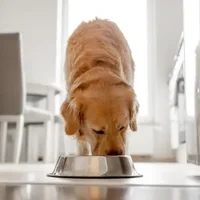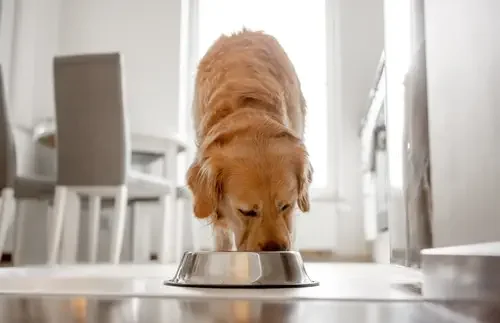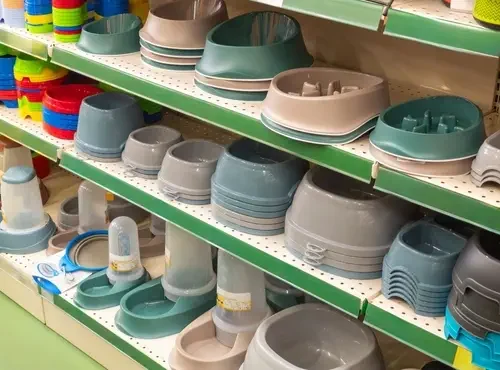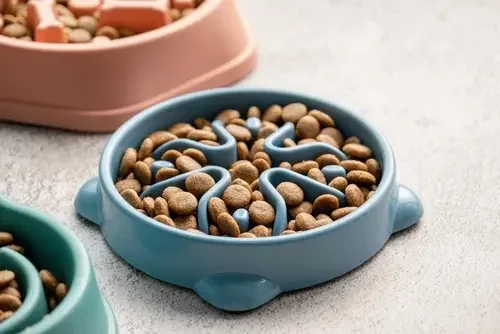The Hidden Health Risk: Why Your Dog’s Bowl Needs More Attention


The Hidden Health Risk: Why Your Dog’s Bowl Needs More Attention
When you think of dog essentials, dog food, collars, and toys usually come to mind. But there is one item that plays a huge role in your pet’s health and often gets overlooked: the food and water bowl. A clean bowl means more than just a shiny surface. It also means fewer germs, a healthier pup, and peace of mind for you. At Hooves and Paws, we know that even the smallest details matter when it comes to your dog’s well-being.

Why Bowl Hygiene Matters
Dogs lick, slobber, and drop crumbs into their dishes, which makes bowls the perfect place for bacteria to grow. Leftover food and saliva can quickly build up, creating a slimy residue known as biofilm. If not cleaned regularly, that biofilm can harbor harmful bacteria that may cause stomach upset or illness. Keeping bowls fresh and sanitized is one of the simplest ways to support your dog’s overall health.
How Often Should You Wash?
The simple answer is daily. Food bowls should be washed after every meal, and water bowls should be rinsed and refilled at least once a day. For households with multiple dogs or puppies, more frequent cleanings may be necessary. At Hooves and Paws, we encourage shoppers to think of bowls the same way they think of their own dinner plates. If you would not eat from it, your dog should not either.
Best Cleaning Practices by Bowl Type
Not all bowls are the same, and cleaning methods can vary depending on the material.
- Stainless Steel: Considered the gold standard for dog bowls. Stainless steel is durable, rust-resistant, and easy to sanitize. Most are dishwasher safe, but a quick wash with hot water and mild dish soap works just as well.
- Ceramic: Attractive and heavy, but the glaze can crack or chip. Wash with hot water and gentle soap, and always check for damage since bacteria can hide in small cracks.
- Plastic: Lightweight and affordable, but easily scratched. Those scratches create hiding spots for bacteria. Wash thoroughly with warm, soapy water and replace plastic bowls regularly to keep them sanitary.
- Silicone: Flexible and a popular choice for travel bowls. Wash with hot water and soap after every use, and let them dry completely to prevent mildew.

When to Replace Dog Bowls
Even with regular cleaning, bowls do not last forever. Watch for scratches, chips, or lingering odors as signs that it is time for a replacement. Stainless steel can last for years with proper care, while plastic bowls often need replacing more often. At Hooves and Paws, we suggest checking your dog’s bowls every few months to ensure they are still safe and sanitary.
Extra Tips for Healthy Bowl Habits
- Always rinse thoroughly to remove soap residue before refilling.
- Avoid harsh cleaners or bleach, which can leave behind harmful chemicals.
- Keep a spare set of bowls so you can rotate them between washes.
- Wash food mats and the surrounding area regularly since spills can attract bacteria.
A Clean Bowl Means a Happy Pup
Taking care of your dog’s bowls may seem like a small task, but it makes a big difference in their health and happiness. By making bowl hygiene part of your daily routine, you are helping your dog stay safe, healthy, and full of tail wags. At Hooves and Paws, we see every customer and their pets as part of our extended family. We appreciate the love you give your dogs and feel honored to support you with tips, guidance, and care. Because at the end of the day, happy dogs make happy homes, and that is what matters most to us.
